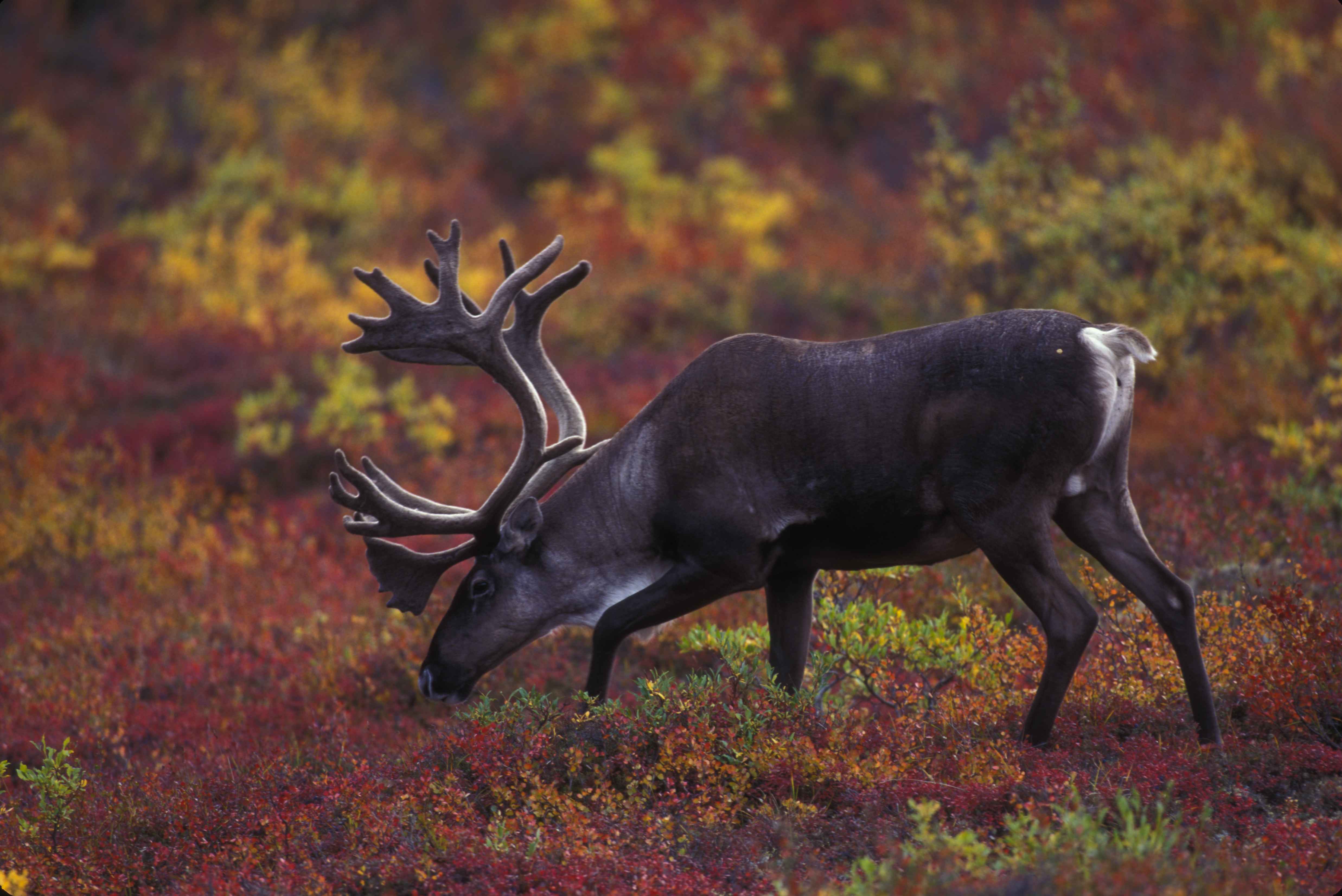Canadian wildlife committee wants Arctic caribou listed under Species at Risk Act

A national committee on endangered wildlife is calling for enhanced protection of barren-ground caribou, warning the population is at a critical stage when human influence could damage the health of herds stretching from the Yukon to Baffin Island.
The Committee on the Status of Endangered Wildlife in Canada, or “COSEWIC,” comprises provincial, territorial and federal wildlife officials, scientists and Indigenous experts.
The committee concluded, after assessments, that barren-ground caribou are a “threatened” species, says a statement released Dec. 5.
COSEWIC announced it would officially request that the federal environment minister, Catherine McKenna, include barren-ground caribou under the Species At Risk Act in the fall of 2017.
“Many of the great caribou herds have now fallen to all-time lows and there is cause for concern that they will not rebound in the same way they have before,” COSEWIC said in the statement.
“Caribou have experienced alarming declines. Both science and Aboriginal Traditional Knowledge indicate unprecedented declines in several herds with some human activities on the landscape being novel, potentially disrupting natural cycles.”
COSEWIC’s announcement echoes earlier warnings this year from the World Wildlife Fund Canada which said in October that recent surveys paint a “dire picture” for the future of barren-ground caribou.
The Arctic species and ecology specialist for WWF Canada, Brendan Laforest, says his organization supports the COSEWIC announcement and has called on the federal government to follow through with listing barren-ground caribou under the Species At Risk Act.
That move would trigger the development of a Canada-wide recovery strategy and action plan for the species.
“We would like to see those two documents address the threats that caribou are facing and foster a future where caribou can thrive,” Laforest told Nunatsiaq News from Winnipeg, where he is attending this week’s ArcticNet conference.
Laforest says WWF Canada wants the Nunavut government to support the latest draft land use plan produced by the Nunavut Planning Commission which would protect caribou calving grounds from industrial development.
“We would encourage them to take advantage of this opportunity now, especially in light of this new designation,” Laforest said.
Laforest added that WWF Canada is not suggesting human activities are causing the decline noted in barren-ground caribou populations, merely that the species’ natural cycle, being “one of the biggest, if not the biggest contributors,” is in a period that makes them vulnerable.
“While caribou are at this perilous state, as they approach historic lows, the threat of putting a big project in the middle of their calving ground would be pretty disastrous,” he said.
In an accompanying statement, WWF Canada says that fewer than half of all Canada’s barren-ground caribou remain.
The Bathurst herd, located in the mainland Kitikmeot region of western Nunavut, has declined by 95 per cent since 1986, from 472,000 animals to 19,769, WWF Canada noted.
Baffin Island caribou have declined by 98 percent, down to an estimated 5,000 animals from previous highs of 235,000 recorded in 1991.
That decline prompted a moratorium on caribou harvesting on Baffin Island in 2014, followed by a modest quota.
Most of Canada’s caribou calving grounds are located in Nunavut, which Laforest says is both “a blessing and a curse.”
“It’s a big responsibility and we understand the burden that would come from setting these lands aside,” he said.
But Laforest says—given the current status of the herds—the NPC’s draft land use plan is both necessary and flexible, as any land designation can be reviewed at a later time.
“I think this is just a really critical first step and a necessary one at this stage.”